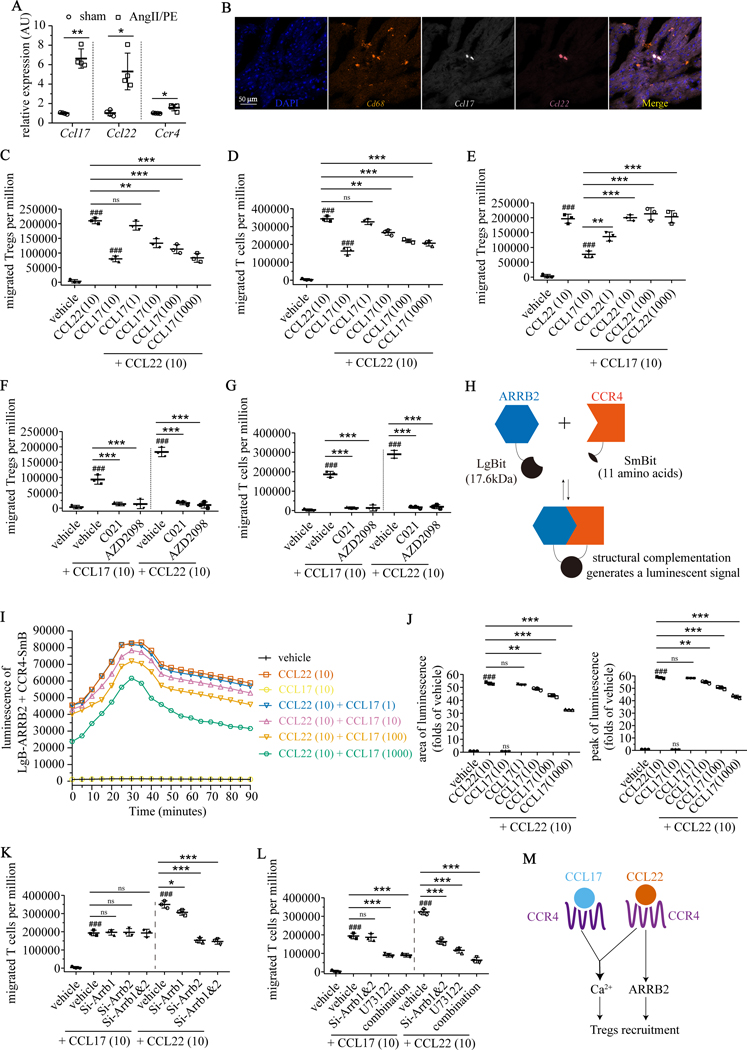Figure 6. CCL17 and CCL22 are competitive biased CCR4 ligands that differentially modulate Treg chemotaxis.
A, Quantitative RT-PCR measuring mRNA levels of Ccl17, Ccl22 and CCR4 in hearts of wild type mice 4 days after implantation of osmotic minipump containing AngII/PE (n=4) or normal saline (sham, n=4). B, Representative images of DAPI (blue), Cd68 (orange), Ccl17 (white) and Ccl22 (magenta) in hearts of AngII/PE infused mice by RNA in situ hybridization. C-D, Chemotaxis of primary induced-Tregs (C) and BW5147.3 T cells (D) in response to CCL22 (10 ng/mL) was suppressed by increasing concentrations of CCL17 (1, 10, 100, 1000 ng/mL). E, Chemotaxis of primary induced-Tregs in response to single dose CCL17 (10 ng/mL) was augmented by increasing concentrations of CCL22 (1, 10, 100, 1000 ng/mL). F-G, Chemotaxis of primary induced-Tregs (F) and BW5147.3 T cells (G) in response to CCL22 (10 ng/mL) and CCL17 (10 ng/mL) was abrogated by CCR4 antagonists (C021, AZD2098). H, Strategy to detect interactions between β-arrestin2 (ARRB2) and CCR4 using NanoBiT® Protein-Protein Interaction System. ARRB2 was fused to Large BiT (LgBit) and CCR4 was fused to Small BiT (SmBit). Constructs were expressed in BW5147.3 T cells. Interaction of fusion partners leads to structural complementation of LgBiT with SmBiT, generating a functional enzyme with a bright, luminescent signal. I, Luminescence intensity measured over 90 minutes in BW5147.3 T cells transfected with ARRB2-LgBit and CCR4-SmBit. Cells were treated with vehicle, CCL17, CCL22, and CCL22 + increasing concentrations of CCL17. J, Quantification of luminescence intensity measured by area under the curve (left panel) and peak intensity (right panel). K, Chemotaxis of BW5147.3 T cells in response to CCL22 (10 ng/mL), but not to CCL17 (10 ng/mL), was suppressed by small interfering RNAs targeting Arrb1 (Si-Arrb1), Arrb2 (Si-Arrb2), or Arrb1 and Arrb2 (Si-Arrb1&2). L, Effects of Si-Arrb1&2 and phospholipase C (PLC) inhibitor U73122 (10 μM) on the chemotaxis of BW5147.3 T cells in response to CCL22 (10 ng/mL) and CCL17 (10 ng/mL). Chemotaxis in response to CCL17 (10 ng/mL) was suppressed by U73122. Chemotaxis in response to CCL22 (10 ng/mL) was synergistically suppressed by U73122 with Si-Arrb1&2. M, Schematic of the proposed mechanism by which CCL17 and CCL22 differentially regulate Treg recruitment. All data are mean ± SD. Unpaired t test was performed in Figure A. For Figure B-L, n=3 per experimental group and one-way ANOVA followed by Tukey test was performed. ###P< 0.001, *P< 0.05, **P< 0.01, ***P< 0.001, and ns indicates non-significance.

